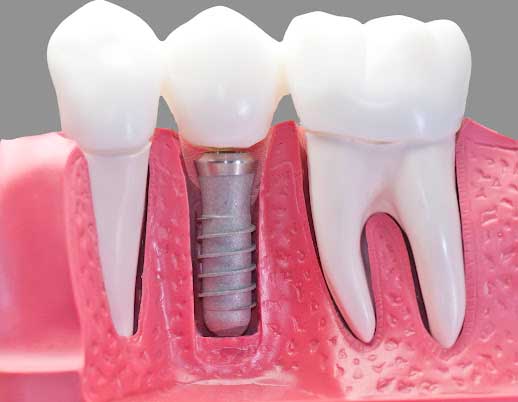
A beautiful smile is what almost everyone dreams of having, but sometimes, tooth discoloration can ruin that vision. The sheer embarrassment of having yellow or stained teeth can make you lose confidence, and it is not something you can easily ignore.
Learn about a few issues that could cause your teeth to lose their natural, pearly white shade.
Poor Oral Hygiene
When you don’t regularly brush and floss your teeth, plaque and tartar start to build upon your teeth. These deposits are not merely aesthetic issues—they can lead to serious staining over time.
Plaque, a sticky film of bacteria, can accumulate on your teeth after consuming foods and drinks. If you fail to remove this sticky film, it can harden into tartar, a brownish-yellow substance much tougher to eliminate. This plaque and tartar can cause your teeth to appear yellow, opening you up to a host of dental issues, including gum disease.
Neglecting oral hygiene routines can also lead to tooth decay, which can cause discoloration. The process of tooth decay begins when the bacteria in plaque produce acids that attack the tooth enamel. As the enamel wears away, it can reveal the dentin underneath, which is naturally yellow.
This not only compromises the health of your teeth but also alters their color. In some cases, tooth decay can cause black or brown spots on your teeth, making them look even more unsightly.
Fluorosis
Fluorosis is a condition that occurs due to excessive fluoride intake during tooth development, typically in childhood. This overexposure to fluoride can occur from different sources like fluoridated drinking water, certain supplements, or fluoride-rich toothpaste.
Interestingly, fluoride is actually beneficial to teeth, as it strengthens the enamel and helps prevent tooth decay. However, excessive exposure can result in mild fluorosis that causes white streaks or brown specks on the teeth. These mild symptoms might not be very noticeable.
In severe cases, fluorosis can cause the teeth to become severely discolored or stained, manifesting as brown, gray, or black spots. This discoloration occurs when the excess fluoride interferes with tooth enamel formation.
The high fluoride concentration impacts the ameloblasts—the cells responsible for enamel formation—leading to hypomineralization. This results in a porous enamel that stains easily due to components like food and drink pigments.
Unlike the stains from plaque and tartar, those from fluorosis are intrinsic and cannot be removed by regular brushing or professional dental cleaning. As such, treatment options for fluorosis are focused on improving the appearance of teeth through techniques like microabrasion, enamel microabrasion, or veneers.
Trauma or Injury
Trauma or injury to the teeth can also lead to discoloration, particularly when the pulp (the innermost part of the tooth) is damaged. The pulp contains blood vessels and nerves that keep the tooth alive.
When a tooth experiences trauma, such as a severe hit or a fall, these vessels can rupture, causing blood to leak into the surrounding dentin. This blood can cause a blue or gray discoloration, noticeable through the translucent enamel.
If the pulp dies due to the injury, the tooth can darken considerably, taking on a yellow, brown, or black hue significantly different from the color of the surrounding teeth.
However, such discoloration may not show up immediately after the trauma. It can take several weeks or even months to appear, depending on the extent of the injury. Sometimes, a tooth that was damaged years ago can suddenly begin to discolor. For this reason, quickly address any injury to the mouth, even if you don’t notice any immediate discoloration.
At Dan Czapek, D.M.D., we understand the impact that tooth discoloration can have on your confidence and overall oral health. That’s why we offer various cosmetic dentistry solutions to help improve the appearance of discolored teeth. Whether it’s regular cleanings or specialized treatments like veneers or bonding, our team is dedicated to helping you achieve and maintain a bright, white smile. Don’t let tooth discoloration hold you back anymore—schedule an appointment with us today!





